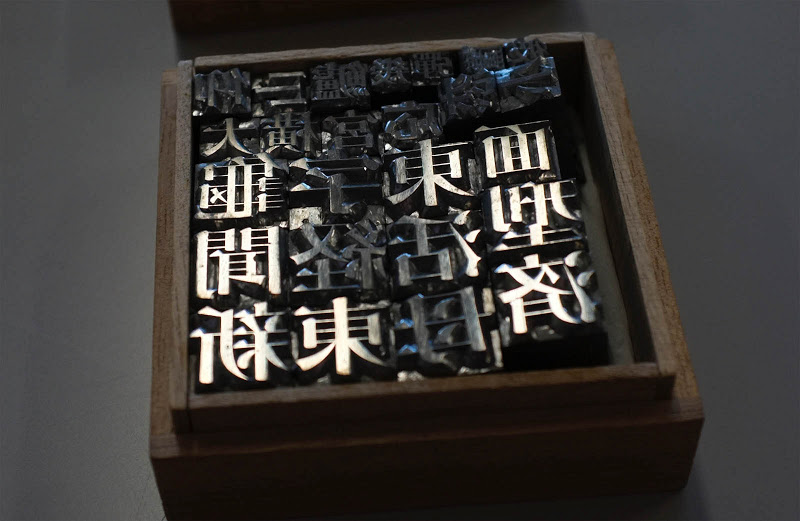MoMA’s Department of Architecture and Design has acquired the @ symbol into its collection. It is a momentous, elating acquisition that makes us all proud.
Wha?
[The acquisition of @] relies on the assumption that physical possession of an object as a requirement for an acquisition is no longer necessary, and therefore it sets curators free to tag the world and acknowledge things that “cannot be hadâ€â€”because they are too big (buildings, Boeing 747’s, satellites), or because they are in the air and belong to everybody and to no one, like the @—as art objects befitting MoMA’s collection. The same criteria of quality, relevance, and overall excellence shared by all objects in MoMA’s collection also apply to these entities.
No. Stop. A building, a Boeing 747, and a satellite are all physical objects. All of them can be owned. They are bought and sold everyday. In fact, not only are they bought and sold, but buildings, 747s, and yes, even satellites are currently exhibited as museum pieces. Physical objects are the traditional things museums obtain. MoMA draws a connection to their acquisition of Tino Sehgal’s The Kiss, a dance. This would be purchasing intellectual property. While I may not always agree with legalities, or even the intellectual underpinnings, of all intellectual property rules and laws, I understand them. This however, is nonsense.
MoMA says that they “have acquired the design act in itself,” which is a meaningless statement. Sure it sounds good, but what exactly does this mean? They “acquired” the moment that someone created the a-d ligature? The moment that Spanish speaker said, “Hey, this looks like both an ‘a’ and an ‘o’.” The moment Ray Tomlinson decided to use ‘@’ as a delimiter?
Fine. They want to have an exhibit about the at symbol. That’s cool. It might even be interesting. Couching your announcement in terms of purchasing and transactions is absurd. Words have meanings, and as Inigo Montoya told Vizzini, “You keep using that word. I do not think it means what you think it means.”


